| Content | The Ultimate Desktop Mixer Legendary SSL studio tools redefined and streamlined
To the casual observer SiX looks like any other compact desktop mixer. Look a little closer and like all SSL consoles, SiX reveals a carefully considered feature set that is driven by an obsessive desire for total flexibility, to encompass every creative eventuality. It may be small but SiX is a classic SSL design. It carries the DNA of 40 years of true expertise in creative studio workflow. Listen to SiX and you will experience the impeccable sonic performance that is the hallmark of every SSL console. It is powerful and intuitive. Inspired and rewarding.
SiX is a condensed professional console for use in the studio, in post-production, on stage, and for podcasting. SiX offers big console sound and an impressive set of utility features in a format that is small enough to stick in a bag a go wherever you need it. SiX is stunning value; it offers two recording channels with SuperAnalogueTM mic pres, two band EQ, an essential one knob version of the classic SSL Channel Compressor, a new two-band Channel EQ, inserts and 100mm faders. There is a two-knob version of the legendary G-Series Bus Compressor on the main mix bus and the unique Listen Mic Compressor on the Talkback. In mixdown mode it is a very capable twelve channel summing system that offers analogue detail, depth and width to your mixes.
The SuperAnalogue™ Sound of SSL
SiX is an SSL SuperAnalogue™ design – it gives you the sonic signature of a large format SSL console on your desktop or in your backpack. Its signal path is fully balanced from front to back on everything except the headphone output. It delivers pristine, detailed audio with wide dynamic range, ultra-low noise, ultra-low distortion and superb imaging. If you want to know more about the technical reasons why SSL mixers sound so good read our document.
Two Recording Channels
SiX has two mono channels with SSL SuperAnalogue™ Mic’ Pre’s; these are transparent, fast and have a much wider available gain range than you would typically get on a compact desktop mixer – 66dB of gain compared to the more typical mid-40s or 50dB found in desktop mixers. They have phantom power, 75Hz high pass filter and an independent line-level input which can be switched to instrument level input with high impedance.
Moving down the channel strip we have a brand-new one knob compressor circuit. This design is based on and has the same sound as the classic SSL feed-forward Channel Compressor circuit. It has a program-dependent attack time, a fixed release time and fixed ratio. Simply adjust the threshold, watch the traffic lights flash to see how much compression is happening and rely on the circuit to automatically adjust gain to match input levels. This is a cool-sounding circuit that makes it simple to dial in a consistent level and get signals sitting right in the sweet spot.
Both mono channels have a new two-band SSL EQ that may be independently switched between shelf and bell curves, with different centre frequencies for each type. This approach draws upon the SSL design legacy of specifying response curves and centre frequencies for channel EQ that are immediately intuitively pleasing in their response; these curves and frequencies were selected by our team as the most “musically useful” for a wide range of sources.
SiX has 100mm faders. We spent some time working on alternate fader tapers and settled on a law that gave us the most control over the most useable gain range, making on-stage level control far easier than it would be with a rotary or a 60mm fader as found on other compact mixers.
Each channel has a fully balanced insert point for integrating other signal processors which is after the EQ and Compressor circuits, and like all SSLs the insert send is always active – meaning you can use this as a “dry” record send to your DAW if required.
At the bottom of the mono channels we have an ALTernate input switch which can source 2 extra mono channels from a connector on the rear of the console which can be used at mixdown.
Line Level Heaven
SiX has two stereo input channels with -10/+20 dB trim for line sources such as synthesisers, drum machines, output from soundcards etc. These have their own balance controls and 100mm faders. If only the Left input of a stereo channel is connected (and the right left free) the channel will automatically switch to mono, panned centre.
While SiX might be small it can handle a lot of inputs at mix-down! Using the two mono input and the two stereo input channels gives SiX its name, but we also have two stereo EXTernal inputs (with volume controls in the master section) which can be sent to the mix bus. Include the ALT inputs and we have up to 12 channels that can be summed into the main mix bus.
Master Bus Magic
SiX has a G Series Bus Compressor on the main mix bus. This uses the same circuit design as the legendary SSL Bus Compressor from our larger consoles but with a fixed ratio, attack, and release settings and a more modern quad-VCA chip. The simplified controls make it very easy to get that SSL glue and snap on whatever you push through your master bus. SiX also has a set of inserts on the main mix bus that can be used to bring external processing tools (like SSL Fusion) to your mixdown.
Routing Pro
SiX has a collection of professional routing & monitoring features taken directly from our large format console heritage. It has two Stereo Cue buses (with level and pan controls) for individual artist foldback mixes. The Master Section has main and alternate monitor outputs with a proper monitor source matrix, as well as mono check, dim and cut. The fader channels all have proper PFL and a Mute button that routes the muted signal to a ‘Bus B’. Bus B can be used as a convenient DAW record send but it can also be routed to the monitor matrix. This means that the muted signal can be monitored without it feeding the main mix bus and then switched in to the main mix with the Mute button – perfect for live webcasting because a remote feed can be monitored ‘offline’ and punched in to the broadcast feed. There is a talkback mic’ input with phantom power and SSL’s unique, crunchy Listen Mic Compressor, which of course also serves as a unique processing tool that delivers that classic 1980’s slammed drums sound.
Key Features:
A fully professional condensed console for use in the studio, in post-production, on stage, and for podcasting.
Benchmark SuperAnalogue™ audio performance
Ultra low noise : ultra-low distortion : pristine sound
Stunning Record Path
Two SSL console grade SuperAnalogue mic pre’s
Classic SSL Channel Processing
Essential versions of SSL Channel EQ and Dynamics
The unique Listen Mic Compressor
Nothing slams drums quite like it!
Professional Routing & Monitoring
The hidden versatility of truly professional features
12 Input Summing at Mixdown
12 line level inputs with channel and Master Bus inserts
Legendary Master Bus Compressor
An essential version of the incredible SSL legacy
Completely balanced signal path
Everything except the headphone jack is fully balanced | KORG MW 2408 MIXER MIXER | The Dangerous Music 2-BUS+ is a 2U, 16-channel analog summing mixer with both XLR and D-sub inputs. It raises the bar on its legendary 2-BUS predecessor with even lower crosstalk, distortion, and noise-floor performance, along with stunningly precise soundstaging and center focus. Dangerous spent over two years developing three onboard audio processors that, with a simple push of a button and twist of a knob, add tone and color to your stems or across your entire mix directly from the 2-BUS+. The 2-BUS+ is smartly designed, extremely useful, and sounds incredible.
A trio of custom audio processors
In sync with Dangerous Music's doctrine of tonal coloration as a per-project artistic choice, the 2-BUS+ features three separate custom audio processors that selectively add tone and color to your mixes. In parallel processing mode, you can deploy Harmonics, a tuned harmonic distortion generator, and Paralimit, a FET limiter on steroids. At Sweetwater, we've applied both of these across stereo mixes and on pairs of stems. X-Former kicks in a pair of custom transformers with core-saturation control on your stereo mix outs. You can have all three tone processors active concurrently, and you can flip the order of signal flow through distortion and limiting.
Outstanding flexibility
Dangerous Music knows that each engineer — and session — is unique, so they designed the 2-BUS+ for outstanding professional flexibility. They spec'd it with an XLR stereo insert before the outputs for adding a separate compressor or processing chain that you can bypass at the touch of a button for a quick reference comparison. Channels 1/2 and 9/10 can be set to mono to rout; for instance, vocals/bass and kick/snare each to its own mono input. They also gave the 2-BUS+ an output control stepped in 0.5dB increments from -4dB to +6dB, and included XLR connections for both the main and monitor outputs.
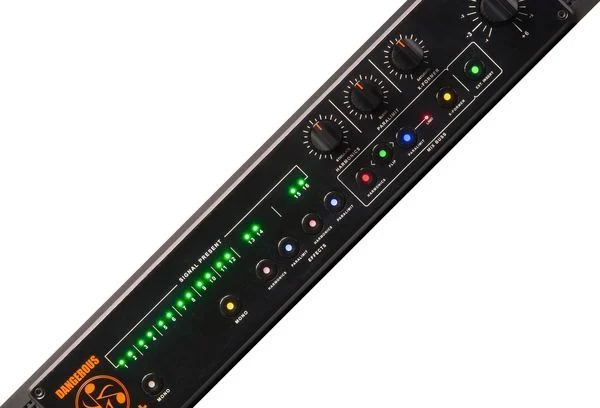
Gang 'em for high channel count
Need a full-on analog "console" summing experience? Gang together multiple 2-BUS+ units via the stereo expansion inputs XLR to create a customized channel count. For the ultimate in tonal flexibility and control, the custom audio processors on each unit apply across the ganged group output. With three units, for instance, you'll have 48 channels of analog summing, with the first two units employing Harmonics (distortion), and Paralimit (limiter) across two separate stereo stems, and the third unit applying X-Former transformer saturation on the master stereo outputs.
What the pros are saying about the 2-BUS+:
- "The Paralimit and X-Former appear to be magic knobs. Special mention goes to the Paralimit because it does that lovely thing of bringing up the general ambience without slamming the track, something I particularly love on drums. Plugged it into my system along with my old 2-BUS and Dangerous MONITOR ST, and wow ... it's fantastic! Bags of air and space around the mix." — Chris Blackwell (drummer/composer)
- "Since the 2-BUS has so much headroom, it's really easy for me to decide that I want the entire vocal submix to be brighter or warmer, or more or less compressed." — Michael James (producer/mix engineer)
- "The Dangerous Music 2-BUS is one of the reasons my studio delivers a killer sound that grants the edge on the competition." — Alberto Rizzo Schettino (engineer)
- "Between SSL, in-the-box, and 2-BUS ... in blind tests ... it was a unanimous decision that the Dangerous mixes beat out everything. The 2-BUS mixes ... were simply cleaner and warmer than the SSL or in-the-box mixing ... I just don't miss my console." — Gina Fant-Saez (mix engineer)
- "With the 2-BUS LT, elements have their own place. You end up with a quicker, bigger mix and retain a more natural, less processed sound." — Phil Greiss (producer/engineer)
- "The Dangerous Music equipment is the centerpiece of my mixing rig. Everything I do goes through a Dangerous MONITOR, 2-BUS, MASTER, and BAX EQ. Everything." — Fab Dupont (mix engineer)
- "I don't understand how the 2-BUS has been in the studio for so long, but hasn't gotten to live shows — the sound is unbelievable." — Horace Ward (FOH engineer)
- "The harmonic and transformer flavors are great options to have and the parallel limiter is a genius idea." — Chris Tabron (producer/mix engineer)
Dangerous Music 2-BUS+ Analog Summing Mixer Features:
- Stunning 16-channel analog summing mixer injects your mixes with exceptional headroom and dimensionality
- 3 analog options (Harmonics, Paralimit, and X-Former) for adding tonal coloration to your mix
- XLR and D-sub input connectivity and flexible routing allow for a customized workflow
- Integrate your outboard gear easily with the switchable stereo analog insert
- Output control is stepped in 0.5dB increments for perfect recallability
- High-quality components ensure audiophile-grade sound
| RÉSUMÉ DES FONCTIONNALITÉS
Images de 24, 32, 40 et 48 canaux
Options de canal mono / stéréo A, B, C, D
Mélanges principaux LR et M
8 groupes audio avec panoramique et routage vers LR et M
10 auxiliaires dont un envoi stéréo dédié avec commandes de niveau et de panoramique
2 canaux stéréo multifonctions chacun avec entrées micro et ligne stéréo
2 doubles stéréos supplémentaires fournissent 4 retours stéréo additionnés ou indépendants
Matrice 12 × 4 complète
Double fonctionnalité appropriée pour FoH, mixage de moniteur ou les deux
Enregistrement capable avec des sorties directes de canal
M peut être utilisé pour le mixage centre / sous, la somme mono LR ou le coin d'ingénierie
Entrées externes matricielles avec trims de niveau et capacité d'entrée commune
Les entrées micro du canal stéréo peuvent se croiser dans la matrice pour une alimentation d'ambiance
EQ réactif 4 bandes, 2 balayages
Filtres passe-haut de canal 100Hz
Alimentation fantôme individuelle et commutation de polarité
Compteur intégré avec 11 VU-mètres à bobine mobile éclairés par LED
Canal LED grand angle et compteurs principaux
Compteurs de contrôle stéréo dédiés
Commutation auxiliaire par canal pré / post fader pour une flexibilité totale
Commutateurs pré / post-EQ du panneau avant pour les préférences de l'utilisateur
Coupe le son de tous les faders masters
Faders à double rail de qualité supérieure de 100 mm
Talkback assignable à toutes les sorties, comprend un mode de verrouillage de commutateur de conversation
Oscillateur 1 kHz / générateur de bruit rose avec sortie externe
Surveillance 2 pistes et relecture sur LR
3 prises casque / écouteurs et sorties moniteur locales
Sorties XLR symétrisées électroniquement avec capacité d'entraînement + 26 dBu
Gamme de préamplis 74 dB avec capacité d'entrée +34 dBu pour micro ou ligne
Conception d'ampli micro à très faible bruit
Combiner intégré pour une alimentation de secours redondante
Assemblage de cartes de circuits individuelles avec des pots écroués
Option de liaison d'entrée / sortie de console Sys-Link V2
Douilles de lampe XLR 4 broches - Lampe LED Allen & Heath disponible.
Options de canal mono / stéréo:
A = tous les canaux mono
B = 4 stéréos à droite des masters
C = 4 stéréos à l'extrême droite
D = 8 stéréos à l'extrême droite | Espandibile fino a 32 canali - QCon Pro XS8 + 1 fader motorizzati sensibili al tocco con risoluzione a 10 bitFader LED a 12 segmentiDoppio display LCD retroilluminato 2 × 56 per visualizzare il nome del canale. i valori di controllo. ecc. Per ogni canaleDisplay LED a 12 segmenti che mostra la posizione temporale del progetto in formato SMPTE o BBT - 18 pulsanti assegnabiliRotella jog shuttle per ricerca e controllo velociPulsanti illuminati per ogni canale. inclusi Record Enable. Solo. Mute. Select e Monitor6 pulsanti illuminati tra cui Play. Stop. Rec. Rewind. Fast Forward e LoopPulsante ZOOM illuminato con 4 pulsanti di direzione9 pulsanti funzione MIDI assegnabili illuminatiEspandibile a 32 canali utilizzando 3 unità di espansione QCon XSDue (2) connettori da 1/4 per interruttori a pedale e pedaliClasse compatibile con Windows XP. Vista (32 bit). Windows 7 (32 bit e 64 bit). Windows 8 (32 bit e 64 bit). Windows 10 (32 bit e 64 bit) e Mac OS XConnettività USB 2.0 ad alta velocitàIl driver ICON Quick-Setup è disponibile per Cubase. Nuendo. Reason e Bitwig per la compatibilità plug & play istantaneaBitwig Studio 8-Track DAW è incluso.Mackie Control integrato per tutte le DAW elencate (ad eccezione di ProTools che utilizza il protocollo Mackie HUI)Facile aggiornamento del firmware disponibile tramite connessione USB e software iMapQualità costruttiva superiore e robusto involucro in metallo con porta per blocco Kensington
Dimensioni: Lunghezza 51cm - Profondità 23.5cm - Altezza 57.5cm - Volume 0.068m³
Icon # Qcon Pro X - controller per DAW # Controller Midi / Controller Midi USB # Serie Qcon | Avid S1 eight-fader EUCON control surface
The Avid S1 is an eight-fader EUCON control surface with unparalleled speed, rich visual feedback, and software integration of Avid's high-end consoles in a slimline surface that's an easy fit for any space or budget. Avid S1 gives you deep hands-on control of your favorite audio and video software and, together with the free Pro Tools | Control app for iPad (iPad not included), provides great ergonomic efficiency, easy touch workflows, and S6-style metering and processing views, so you can navigate large sessions quickly, mix more intuitively, and turn around better sounding mixes fast.
Mix big on a smaller scale
While Avid S1 fits easily between your display and keyboard, it packs a lot of mixing power into its small surface. From motorized faders and knobs that respond to your touch, to fast-access touchscreen workflows and Soft Keys that enable you to perform complex tasks with a single press, S1 provides the speed and versatility to accelerate any music, audio post, or video project.
Get unmatched software integration
S1 is powered by EUCON, Avid’s high-speed Ethernet control protocol that delivers deep hardware/software integration, giving you full touch and tactile access to a host of Avid and third-party software functions and controls. You can even switch between multiple applications—and workstations—at the touch of a button, providing the most fluid editing and mixing experience.
Specifications:
- Faders: Eight motorized, touch-sensitive, 100 mm long-throw faders
- Knobs: Eight push-top, touch-sensitive rotary encoders
- Additional controls: Assorted hardware buttons/keys for various functions and mode selections, including Mute, Solo, Record-enable, Bank, Nudge, and more
- Software interface: Supports the free Pro Tools | Control app running on iPad (iPad not included), providing touchscreen control, project navigation, macro triggers, and more
- Displays: Eight high-resolution OLED displays, plus multiple status LEDs and multicolor track buttons; channel metering, monitoring, processing, track status, automation modes, and other views provided by Pro Tools | Control on iPad
- Height (front, rear): 1.2 inches, 3.8 inches (29 mm, 97 mm)
- Width: 12.3 inches (312 mm)
- Depth: 14.9 inches (377 mm)
|


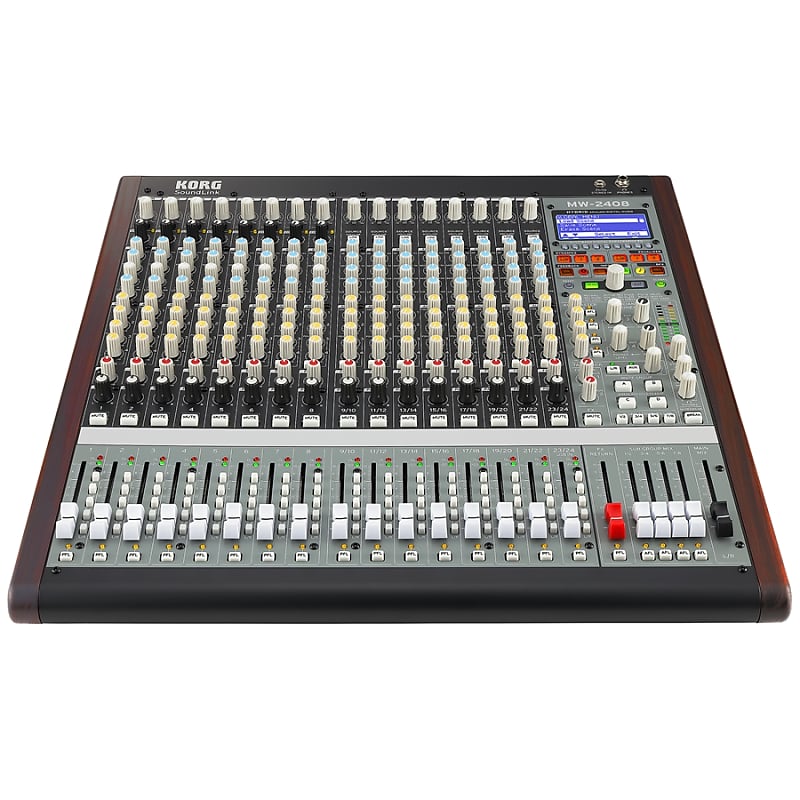
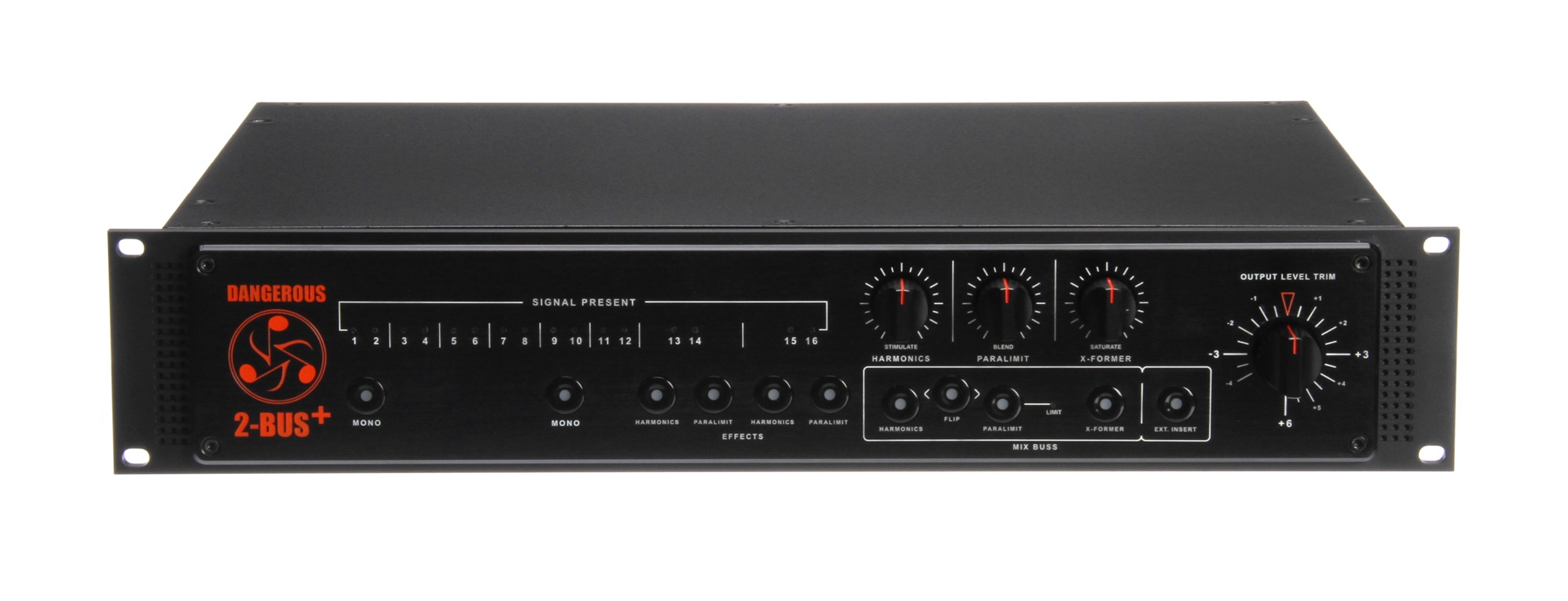


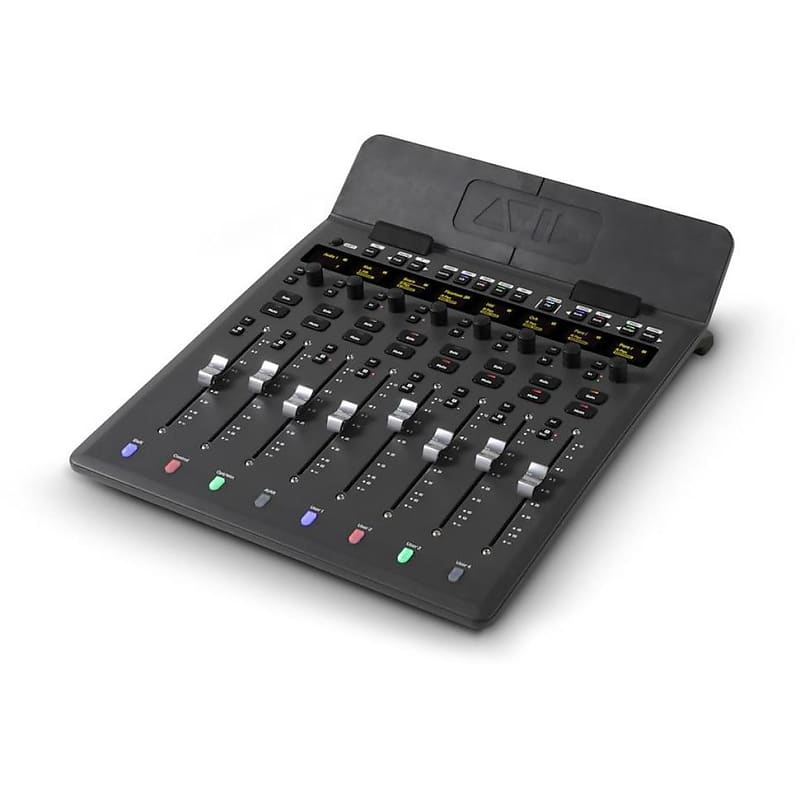

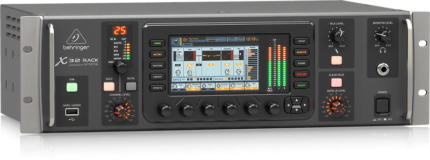

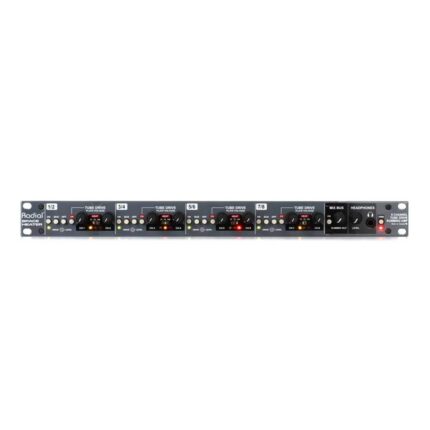
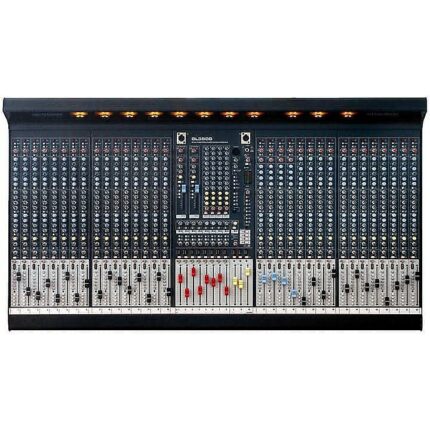






Reviews
There are no reviews yet.